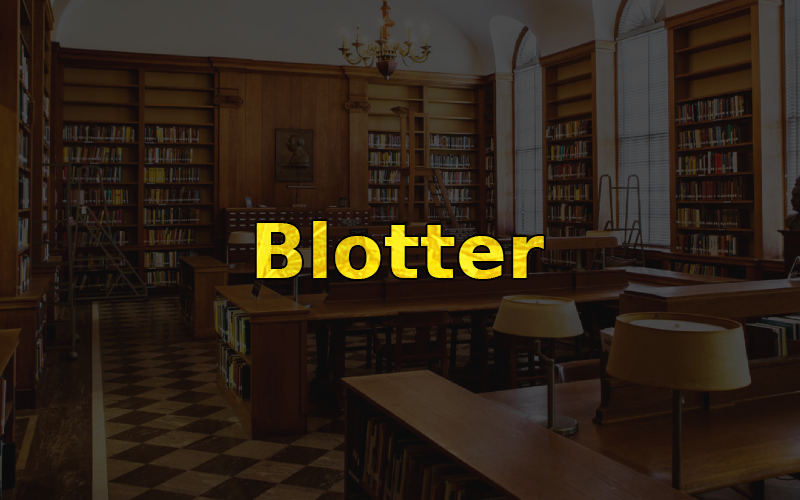Blotter
Candlefocus Editor
Blotter technology serves two important functions. Firstly, it facilitates the formal clearance and settlement of trades between parties by reducing the time and errors associated with manual processing, and secondly, it also helps to mitigate risk by providing a detailed audit trail for each trade and enabling the detection of any irregularities, whether due to fraud, regulatory compliance breaches, or other unforeseen circumstances.
A trade blotter is typically a spreadsheet-like database kept by the firm's trading desk. It is updated continuously in real-time as trades are made, and includes not only settlement specific information but also details such as the asset name and symbol, the price and volume traded, the type of order, the time of order execution, and the identity of the counterparty.
Trade blotters are also used by traders to review and analyze their trading positions at the close of each day. In addition, as a regulatory requirement, firms must also ensure that their blotter records are kept in accordance with the SEC’s Books and Records Rule to demonstrate their compliance with applicable laws and regulations.
Overall, the trade blotter is an essential tool for anyone involved in trading to mitigate risk and improve efficiency in the settlement and clearance process. By providing a detailed record of each trade, a blotter is a critical tool for ensuring compliance with regulations, detecting potential instances of fraud, and monitoring day-to-day trading activity for potential errors.
